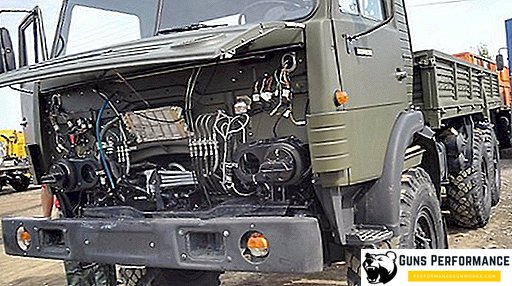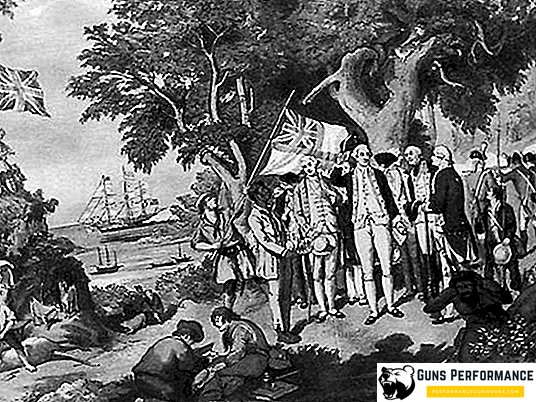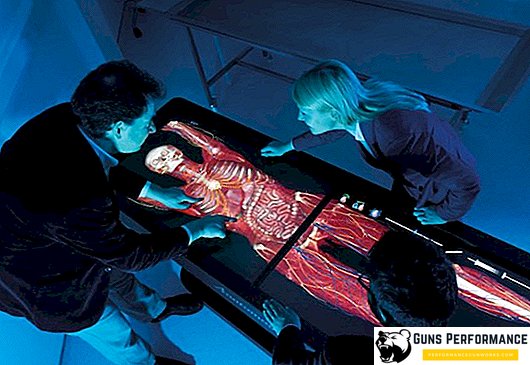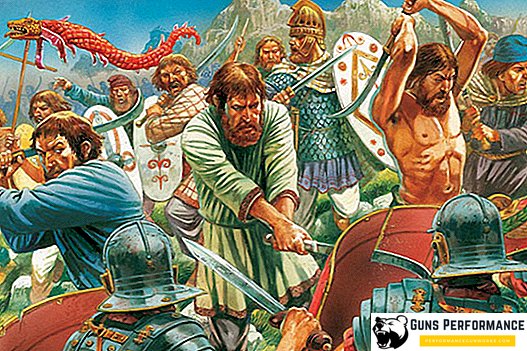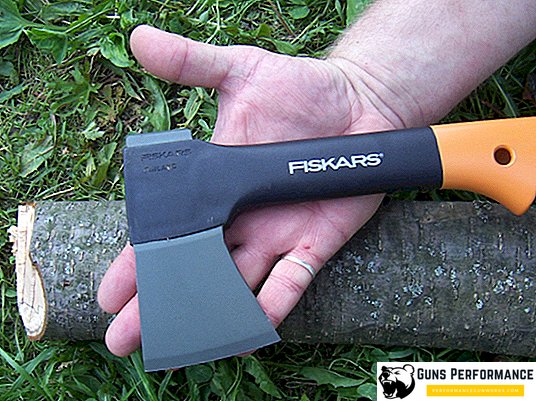Among German automatic pistols, a significant place is occupied by Mauser pistols. The most powerful pistol of this company, which was widely distributed, was designed by Fidel Federle, head of the gun shop, together with his brothers Joseph and Frederick in March 1895. The German pistol was created in secret from the owners of the enterprise, but when the secret was revealed, the Mauser liked the sample, and they assigned their name to this weapon, and to themselves the honor of inventing the novelty. On September 11 of the same year, the pistol was patented on Paul Mauser, the owner of the factory.
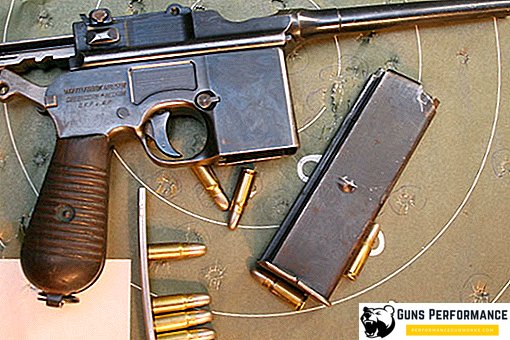
The great popularity of the pistol among hunters, travelers, as well as lovers of these weapons led to its rather wide distribution in many countries of the world, including in Russia. Officially, Mauser was not in service anywhere, but Russian officers were allowed to acquire and use it instead of the 1895 revolver. By 1907, the Mauser pistol cost 40 rubles for the salary of officers in 70 rubles. In Germany, this weapon was taken on partial armament, they were armed with horse rangers, and it was only supplied to the troops during the First World War.
The history of the creation of a gun Mauser
Waffenfabrik Mauser retired to Paul Mauser after the death of Wilhelm’s brother in 1882. The merits of the Mauser armory company at that time were generally recognized, thanks to the production of proven long-barreled weapons. The leader and manager of the experimental workshop at the Mauser plant was Fidel Federle, who, along with his brothers Friedrich and Joseph Federle, was passionate about creating a self-loading pistol.

The drawing of the pistol was created without the knowledge of Paul, and according to some sources even against his will. The drawing of the pistol corresponded to the era of that time - the store was located in front of the trigger guard, it was similar to the designs of the first Lauman, Reiger, or Bergman pistols. As an ammunition, the brothers initially used common and affordable cartridges with a 7.65 mm Borchardt bottle sleeve. It was on the basis of this cartridge that the drawing was soon developed and the Mauser 7.63 mm cartridge was created.

Initially, the gun was called Feederle Pistol or P-7,63. However, Paul Mauser did not immediately discover the work being done, so the weapon was almost ready. Although Paul was displeased with his secret job, his business acumen prevailed over ambition. Therefore, he not only did not prohibit work on the creation of a new model, but also himself connected to his improvement. Paul Mauser understood the prospect of a new model, as well as possible commercial success and the opportunity to occupy a niche place in the market for short-barreled weapons. In 1895, the K-96 Mauser pistol made its first shot. In the same year, Paul Mauser patents a gun, including his scheme and his other features in numerous patent offices around the world.
In 1896, the first pistols were created, in 1897 mass production was launched, which lasted until 1939. During this period, over a million K-96 pistols were launched. One of the reasons why this gun became popular was the enormous power at that time. The gun was positioned as a small lightweight carbine. In fact, it was a carbine. This was due to the fact that such a "carbine" had a wooden holster, which was used as a butt, and the bullet hit at a distance of up to 1000 m. Mauser was widely lit in the first world and 1914 revolution. The reserves of the Mauser were so significant that they were used during the Great Patriotic War.

Features of the design of the gun Mauser
- On the device pistols of 1910, 1914, and also 1934 practically do not differ. Most of them are just cosmetic. The scheme of operation of these pistols - automatic with a free gate.
- When firing, the barrel is fixed, but if disassembled, it is easily removed. The barrel is attached to the frame quite unusual - with the help of a valley rod, which is inserted in front of the trunk, and also passes through the holes in the stops made on the lower surface of the trunk.
- Trigger mechanism non-self-cocking (single action), aperture.
- Manual safety is located in the notch of the handle cheeks on the left.
- The design provides a slide delay, but its shutdown is performed only by inserting the next magazine. Magazine latch located at the base of the handle.
- The layout of the pistol is “revolving”, so its disassembly is a bit unusual, the box-shaped magazine is in front of the trigger guard.
- The gun is one of the most powerful types of automatic pistols, whose automation is based on the use of recoil energy of the short stroke.
- The disassembly of the pistol shows that the Mauser circuit is quite successful, it has high accuracy and range, good survivability in combat conditions and powerful cartridges. However, it also has drawbacks - these are large dimensions and mass, a scheme affecting the complexity of reloading.
Technical characteristics of Mauser C-96
The weapons of 1896 had the following specifications:
- USM single action.
- The weapon was made chambered for 7.63x25mm Mauser, 9x25mm Mauser, 9x19mm.
- The length is 312 mm.
- Barrel length 140 mm (including 99 mm and others).
- Weight without ammunition was 1250 g.
- The capacity of the magazine for ammunition was 10 (as well as 20 and 6).
Pistol Mauser M712
The Mauser M712 is an automatic pistol that had attachable stores for 20 and 10 rounds. He began to produce in 1932. The weapon was supplied with a shock trigger Nikla. The rate of fire provided a rate of 850 shots / min. This model with a magazine for 20 rounds, as well as an attached holster-butt was used as a compact submachine gun. Production of the M712 lasted until April 1938, during which time approximately 95,000 M712 were produced. About 10,000 such pistols were purchased for the SS troops. This weapon was also used by the Wehrmacht reconnaissance and sabotage units.

MMG Mauser
The MMG Mauser K-96 weight and size pistol model is designed for use as a souvenir mockup, museum piece and stage property. MMG pistol retains full appearance of the weapon. MMG is almost indistinguishable from the present. Most often MMG Mauser looks like this: a steel stud is welded in the chamber, a bolt is trimmed, the shutter mirror is welded, metal is deposited in the shop shaft and guides are loosened. In this case, the click function is saved. Mmg Mauser today is very popular, because such a gun stands out for its appearance and extremely unusual.
Mauser pistol modifications
- Mauser M1910 chambered for Browning 6.35 × 15 mm.
- 1935 Mauser HSc Pistol. In 1941, adopted by the Wehrmacht.
- Mauser V.7082, created in 1944 as a simple and cheap to manufacture weapons for weapons Volkssturm.
- Submachine gun MP-3008, created in 1945. It was a German replica of the STEN submachine gun, which was used to arm the Volkssturm as a simple and cheap weapon.




